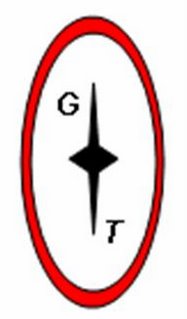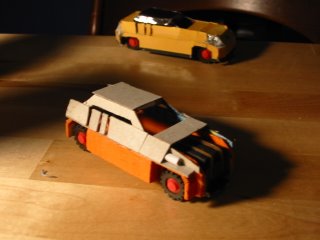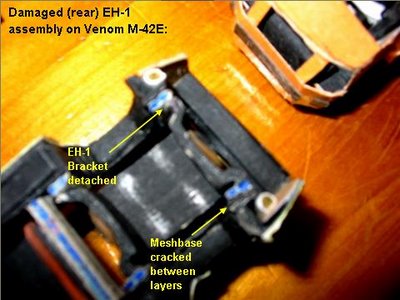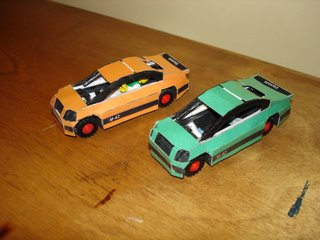On Saturday (July 1st), OTO's Delta system, that has been more or less solidly in place for the past few years, underwent drastic changes to meet the flexibility of the new age parts market.
The change happened during a late meeting to discuss how the current meshbase orders were going to be paid so that each team made a profit as well as keeping the price down. The real problem was that each time a meshbase was made, it would use meshsticks, but not a full order. Despite this, they would still add 0.5 DLA on to the price of their final product, to guarantee profit.
The drastic change hit to confront this problem. First off, all parts would be sold in units, not sets. The immediate problem with this new plan was that this would mean that delta sums as low as 0.05 DLA (1 meshstick) might be seen in OTO. This lead to the idea of multiplying all prices (and company sums) by 20, so that 1 meshstick is 1 DLA. This also allows much more freedom and flexibility for pricing.
The meeting was almost over, when a test case revealed a small problem with the new plan. A test case of the price of a car showed it to be about half the value of the classic Delta system, with a car weighing in at what would have been 2 DLA. The problem wasn't algebraic; it was really revealing how much waste there was before in OTO, when full orders had to be bought each time. However, this did lead to one more correction. To balance out this newfound fortune, the company sums of OTO were divided by 2.
Both teams came out of the meeting very excited about the future of OTO. The new system will offer a much more fair economy with greater variation and no companies facing a null profit. The Pitz Wasp will be the first test of the new economy; the first car to record its purchases on the new balance sheet. AMC and GT are enthusiastic about the results.





